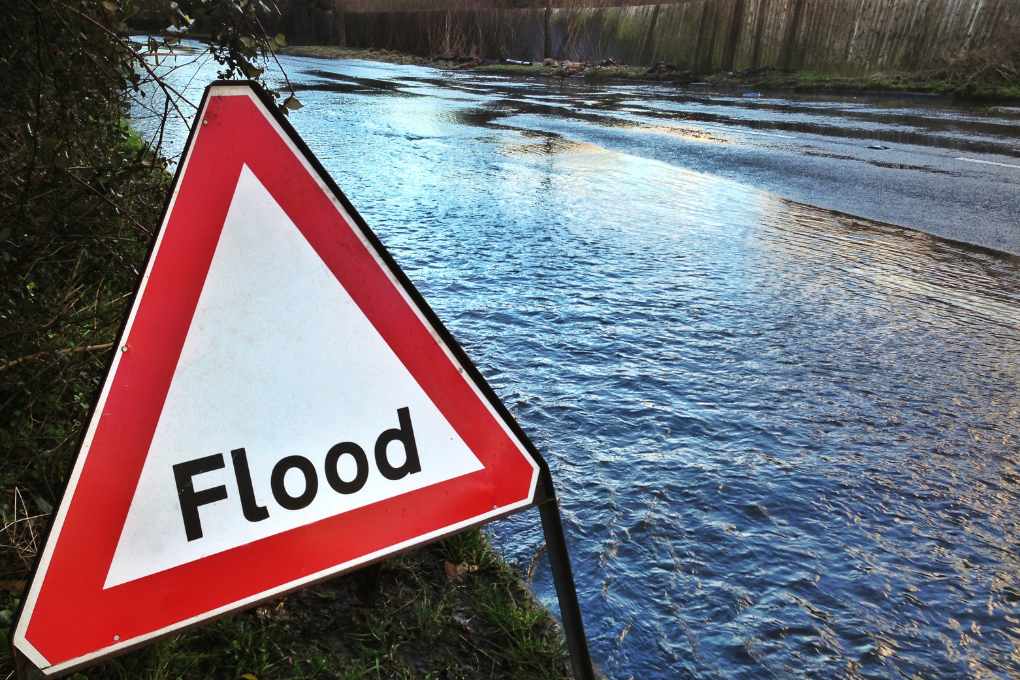Climate change is significantly affecting extreme rainfall and flooding patterns worldwide, intensifying the frequency and severity of these events. As global temperatures rise due to human activities, particularly the burning of fossil fuels, the atmosphere’s capacity to hold moisture increases. For every degree Celsius increase in temperature, air can hold approximately 7% more water vapor, leading to more intense storms and prolonged rainfall events.
Increased Intensity of Rainfall
Recent studies indicate that climate change has intensified the hydrological cycle, resulting in heavier and more frequent precipitation. This phenomenon has been observed across various regions, including India, West Africa, and Europe, where record-high precipitation levels have been reported. In 2024 alone, many areas experienced unprecedented rainfall, contributing to severe flooding and displacement of populations. For instance, heavy downpours in Europe forced thousands to evacuate their homes as extensive flooding affected countries like Austria and Poland.

The Mechanism Behind Extreme Flooding
The relationship between rising temperatures and extreme rainfall is rooted in the basic physics of moisture retention. As temperatures climb, evaporation rates increase from both land and water bodies. Consequently, when rain does occur, it can result in overwhelming downpours that lead to flash floods. This is particularly evident in regions that are already prone to heavy rainfall but are now experiencing storms that are not only more frequent but also more intense.

Moreover, climate change alters atmospheric patterns that influence storm behavior. Warmer air can lead to slower-moving storms, allowing them to release more precipitation over a given area before moving on. This was notably seen in 2024, when extreme weather patterns resulted in catastrophic flooding across multiple continents due to persistent storm systems.
Regional Variations
While some regions face increased rainfall and flooding, others may experience drought conditions due to the same warming trends. The uneven distribution of precipitation can exacerbate water scarcity in arid areas while simultaneously increasing flood risks in regions with abundant moisture availability. For example, areas like the Amazon Basin have seen intensified droughts alongside severe flooding events elsewhere, highlighting the complex interplay between climate change and regional weather patterns.
The impacts of climate change on extreme rainfall and flooding are profound and multifaceted. As global temperatures continue to rise, the frequency and intensity of these weather events are expected to increase further. Addressing climate change through mitigation strategies is essential not only for reducing greenhouse gas emissions but also for managing the associated risks of extreme weather phenomena that threaten communities worldwide. Without significant action, the trend toward more severe flooding will likely continue, posing challenges for disaster preparedness and response efforts globally.



























